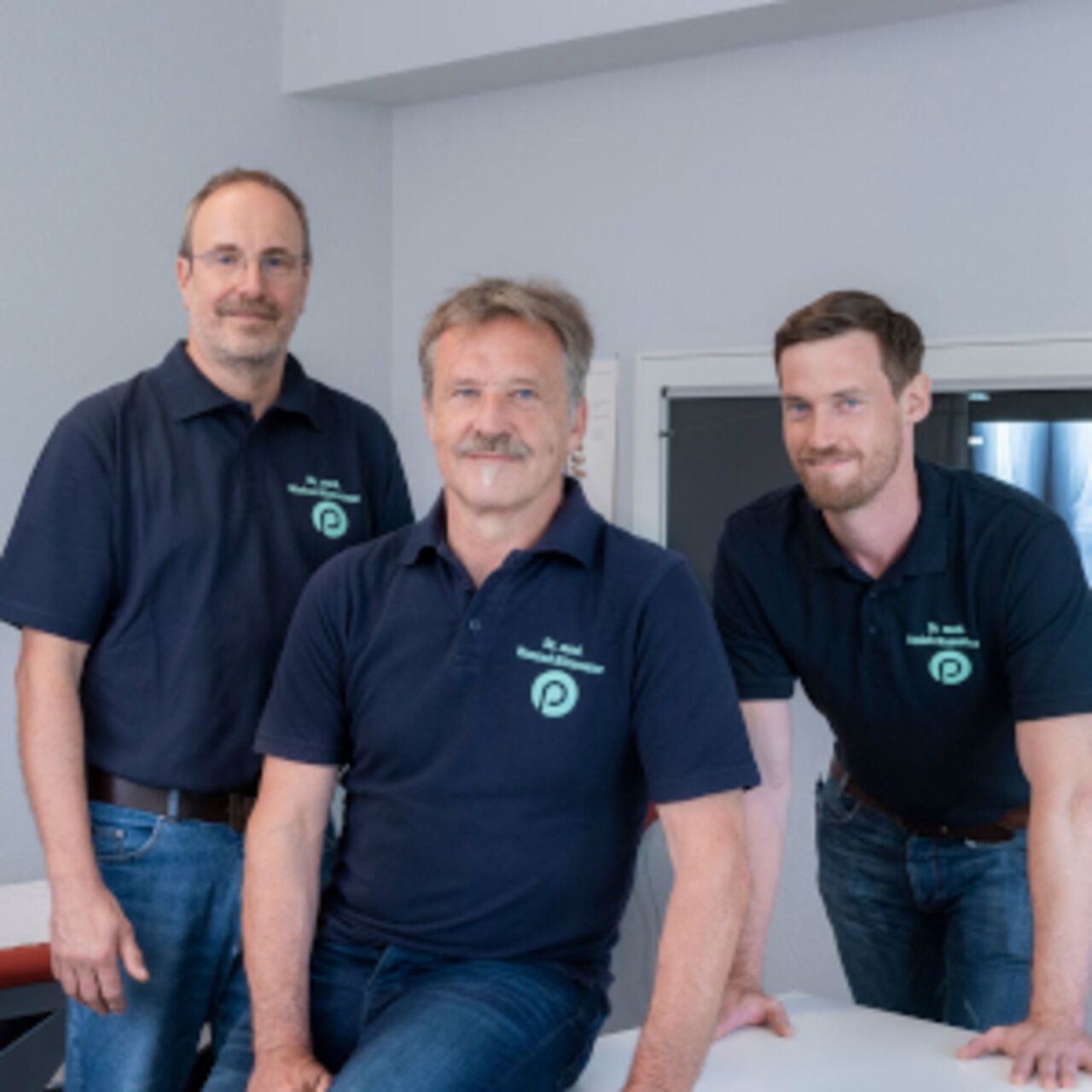Specialists in Impingement Syndrome of the Shoulder
10 Specialists found
Information About the Field of Impingement Syndrome of the Shoulder
What Does Impingement of the Shoulder Mean?
Impingement syndrome is when the supraspinatus tendon and the bursa between the humeral head and the acromion bone, the subacromial space, become impinged.
Since the narrowed subacromial space is often caused by degeneration, this syndrome occurs particularly frequently in older patients. It is caused, for example, by a bone spur that can develop on the acromion and grow into the subacromial space, a thickening of the joint due to shoulder osteoarthritis, or an inflammatory enlarged bursa. Each of these changes takes up space from the bursa and supraspinatus tendon, causing them to pinch and trigger pain during certain arm movements.
If impingement syndrome remains untreated for an extended period, the constant pressure on the bursa and supraspinatus tendon inevitably leads to their degeneration. One can visualize this principle of degeneration by, for example, dragging a wet rope back and forth along a rocky edge for an extended period.
Symptoms and Diagnosis
Impingement syndrome triggers pain in the patient, especially when lifting and spreading the arm. In addition, patients often complain of discomfort during everyday activities, such as getting dressed or overhead movements, and pain often occurs at night as well. Usually, the symptoms begin insidiously and worsen over time.
The treating physician first conducts a detailed patient interview to diagnose impingement syndrome correctly. A subsequent careful physical examination is usually sufficient to identify the clinical picture.
In the further course, X-rays are taken in every case to assess the extent of the bony change. In addition, an MRI scan may be required to assess soft tissue damage to the supraspinatus tendon.
What Can Be Done for Impingement Syndrome Shoulder?
The choice of therapy depends on the clinical picture and the patient's particular circumstances and must therefore be decided individually in consultation with the treating physician. In principle, impingement syndrome can be treated conservatively or surgically.
Conservative Shoulder Impingement Treatment
Conservative therapy is primarily aimed at physiotherapeutic treatment, in which the humerus is pulled downward by a daily strengthening of the musculature, thus enlarging the subacromial space again. Success is strongly dependent on the patient's compliance, i.e., how purposefully the patient performs the learned exercises. However, despite the disciplined performance of the practices, the complaints may persist. Therefore, it makes sense to supplement conservative therapy with injections of painkillers and cortisone into the bursa in some cases. This may improve inflammation and pain in the short term.
When Is Shoulder Impingement Surgery Useful?
Surgical treatment of impingement syndrome becomes appropriate when either conservative therapy is unsuccessful and symptoms persist or when more extensive damage to the shoulder joint has been discovered by an MRI scan that requires surgery.
Impingement syndrome is eliminated with shoulder arthroscopy. This usually involves 3-4 tiny skin incisions through which a camera and special instruments are inserted into the shoulder joint. To create space and improve the quality of the view, the shoulder joint is filled with a saline solution. First, the inflamed bursa is removed, and then the surgeon removes the bone spur with a special bone cutter. In addition, it is checked whether the supraspinatus tendon and other soft tissues are undamaged. If necessary, these may need to be repaired during the same procedure.
Which Doctors and Clinics Are Specialized?
If the shoulder pain persists, specialists in orthopedics and sports medicine, possibly specializing in the shoulder area, are the right professionals to contact. They are experts in impingement syndrome.
We help you find an expert for your condition. All listed physicians and clinics have been reviewed by us for their outstanding specialization in impingement syndrome of the shoulder and are awaiting your inquiry or treatment request.










